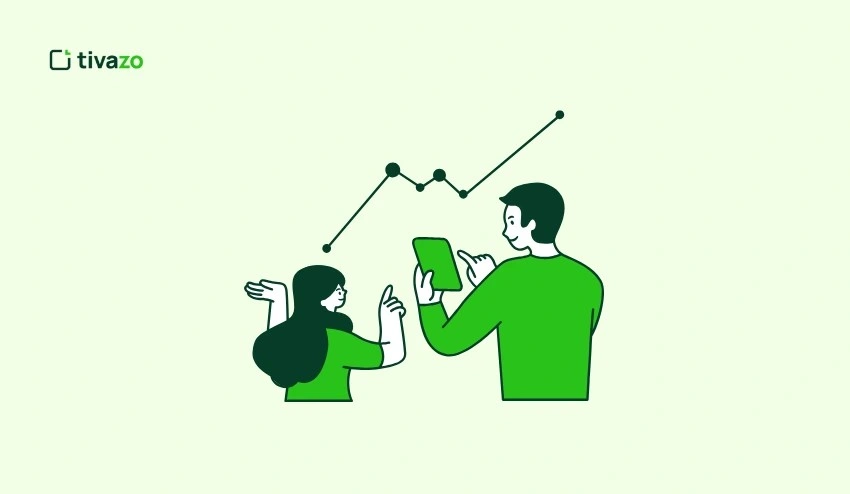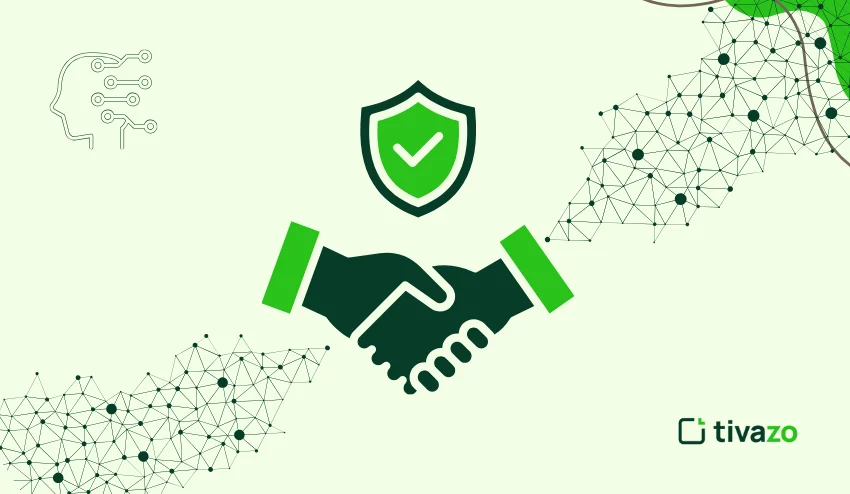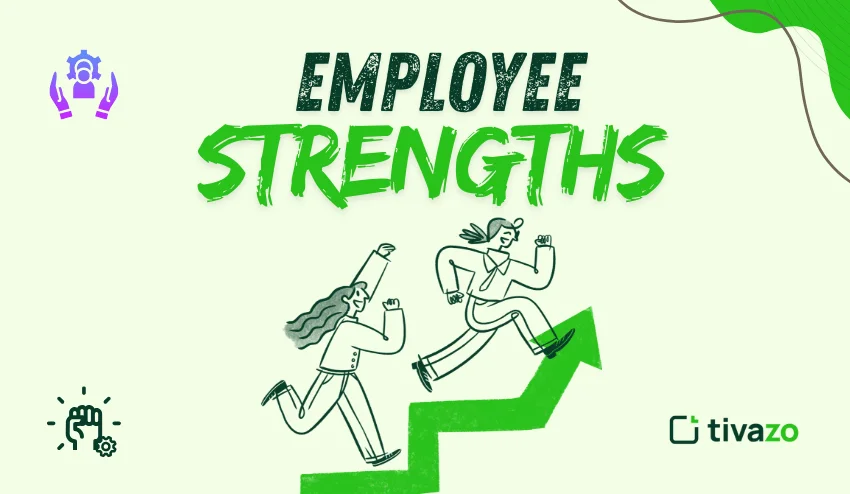Enhancing employee performance is not just about increasing productivity; it is about having a motivated and engaged workforce that aligns with your company’s objectives. Businesses prosper when workers work optimally. This paper will discuss 20 effective tips to help you improve employee performance in 2026. Whether it is the establishment of SMART goals or the utilization of the appropriate technology, these actionable tips will assist you in improving the performance of the individual as well as the team within your organization.
Key Highlights:
- Why Improving Work Performance Matters
- Strategies to Improve Employee Performance
- Measure Employee Performance Effectively
- Role of Technology to Improve Employee Performance
- Creating a Sustainable Culture of High Performance
Why Improving Work Performance Matters
At this point, before getting into the strategies, it is essential to find out why we should improve employee performance. The successful organization depends on high-performing employees. As performance increases, businesses are characterized by increased productivity, customer satisfaction, and revenue. In addition to that, performance can be improved, which results in:
- This has improved employee morale and job satisfaction
- Higher retention levels and reduced turnover.
- Such a competitive advantage in the market.
- Better profitability and faster business growth.
Performance is not only about making employees work harder, but a purpose that goes beyond that to bring in a place where employees feel encouraged, assisted, and enabled to perform.
20 Actionable Strategies to Improve Employee Performance
1. Set SMART Goals
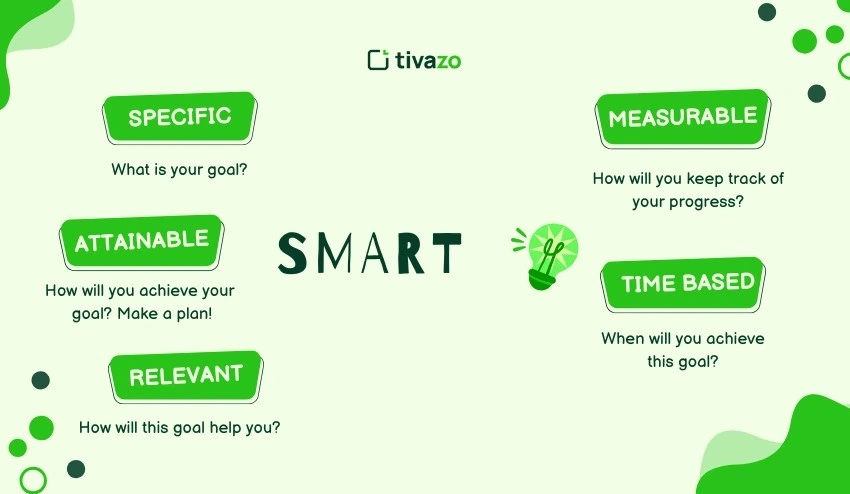
The first step to making employees work better is to set clear and attainable goals. Goal setting specific to the individual performance and business goals involves SMART goals that set out the specific, measurable, achievable, relevant, and time-bound goals.
How to Set SMART Goals
State your expectations of your employees and ensure that the targets are quantifiable. An example is to not say, “Improve customer service,” but rather put a goal such as increase customer satisfaction scores by 10 percent in the next quarter.
2. Use Key Performance Indicators (KPIs) to Track and Measure Success
Monitoring employee performance using Key Performance Indicators (KPIs) will assist in gauging the improvement as well as making evidence-based decisions.
Why KPIs Matter
KPIs give a clear image of the productivity and effectiveness of the employees. Periodic review of KPIs, will help in keeping employees on their path to goal achievement and help in creating areas to improve employee performance.
3. Provide Continuous Feedback to Foster Growth and Improvement
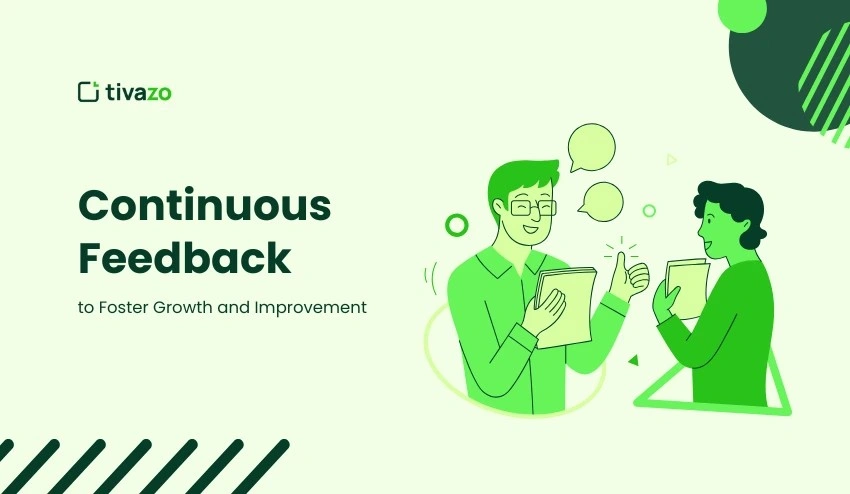
Positive feedback is very effective to improve employee performance. When employees are made to get feedback regularly, they know what they are good at and what they should improve in.
How to Give Effective Feedback
Be detailed, practical, and timely. Pay attention to the action and not the individual, and ensure the feedback is balanced, that is, appreciate good things and indicate areas of improvement.
4. Offer Employee Development Programs and Training for Skill Enhancement
Employees who are motivated because they are learning and enhancing their abilities would be more engaged and also perform better. Invest in training and development programs that are in line with the requirements of your team.
Types of Development Programs
- Leadership Development
- Technical Skills Training
- Soft Skills Workshops
5. Build a Positive Work Environment to Improve Employee Performance
In order to improve employee performance, the work environment must be positive, inclusive, and supportive. Workers work well in a surrounding where they feel motivated and encouraged.
Reward transparency, appreciation, and cooperation. Group bonding and frequent commemoration of successes can also help a long way to promote a healthy work environment.
6. Encourage Healthy Work-Life Balance to Prevent Burnout

Balance between work and life is paramount to productivity in the long run. When employees may combine their work with personal time, they have fewer chances of experiencing burnout and are likely to improve employee performance.
How to Support Work-Life Balance
Provide flexible work hours, distance working, and promote employees to have some time off when necessary.
7. Leverage Technology and Tools to Streamline Workflows and Enhance Productivity
The appropriate tools may make a lot of difference in the performance of employees. Apply project management tools, time tracking, and collaboration tools to make work easier and more efficient.
Recommended Tools
- Trello or Asana to manage the tasks.
- Tivazo for time tracking
- Slack for communication
8. Recognize and Reward Achievements Regularly
When employees feel that they are being appreciated due to their efforts, chances are that they will continue performing at high levels. Adopt performance awards that include both major and minor successes.
Types of Recognition
- Employee of the Month Programs.
- Performance Bonuses
- Peer-to-Peer Recognition
9. Foster a Culture of Accountability
Enhance the responsibility of employees to their tasks and deliverables. Everyone becomes responsible in what they do, and this will improve employee performance on a broad basis.
How to Foster Accountability:
Establish objectives, monitor, and provide guidance when necessary. Develop a positive culture of accountability as a chance of improvement.
10. Promote Collaboration Across Teams

Teamwork leads to innovation, better problem-solving, and enhanced participation of employees. Promote cross functional teamwork to improve employee performance.
- Collaborate with software such as Google Docs or Microsoft Teams.
- Hold the brainstorming sessions or cross-departmental meetings to exchange knowledge and ideas.
11. Minimize Distractions in the Workplace
Distractions lower productivity and decrease attention. Provide a working environment that has very few distractions to ensure that employees are able to concentrate on their work and improve employee performance.
Tips to Minimize Distractions
- Establish rules of use of social media.
- Introduce focus time in which employees do not get emails or meetings.
- Offer noisy-cancelling headphones or silent areas.
12. Invest in Employee Well-being Programs
Promoting the welfare of employees is a direct contribution to performance. Physical and mental health programs should be encouraged to maintain a healthy, happy, and productive team.
Well-being Initiatives
- Gyms or fitness contests.
- Stress management workshops and mental health days.
- Ergonomic work stations to minimize physical overload
13. Set Clear Expectations for Work Quality
Employees will perform better when they know what is expected in quality work. Setting of clear standards will make all of them up to date.
How to Set Work Quality Expectations
Give specifications of what should be acceptable quality. Performance reviews are an opportunity to negotiate on areas that the quality of work might not meet expectations.
14. Encourage Rest and Recovery
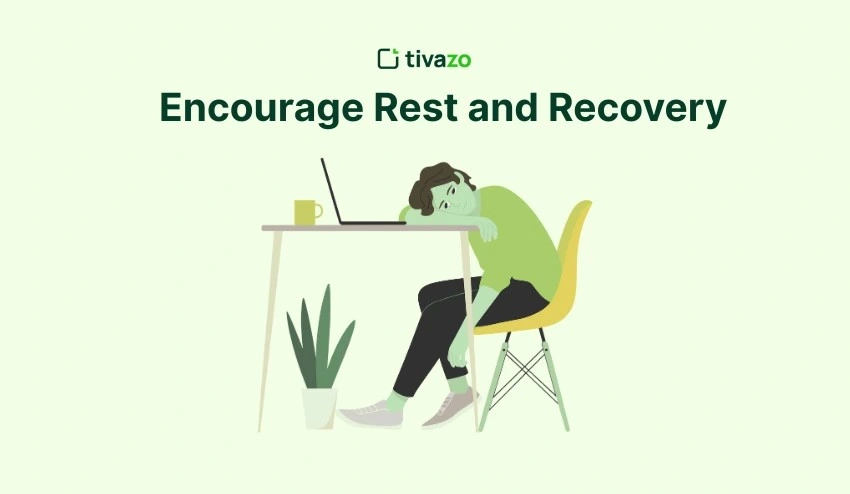
Hard work is as significant as rest. Promote the employees to take frequent rests and spend their vacation time to reenergize and come back to work with fresh energy.
Benefits of Rest and Recovery
- More attention and innovativeness.
- Less burnout and job satisfaction.
- Improved performance in the long term
15. Continuously Monitor and Adapt Performance Strategies
Improving employee performance is not a single process. Always review your strategies and modify them as per the feedback, performance metrics and employee requirements.
How to Adapt Performance Strategies
- Periodically check the employee satisfaction survey.
- Monitor performance indicators and seek trends that can be used to determine areas of improvement.
- Be receptive to changes and adopt new ideas that can improve performance.
16. Use Peer Feedback to Boost Team Collaboration
The peer feedback creates a cooperative atmosphere. Employees who receive and provide feedback to their colleagues can develop quickly and establish healthy team relationships.
How to Use Peer Feedback
- Adopt 360-degree feedback systems.
- Request other students to give positive feedback on individual activities or assignments.
17. Foster a Growth Mindset
Continuous improvement requires a growth mentality. The strategies should be to encourage employees to take risks and learn to use their failures instead of shying away.
How to Foster a Growth Mindset
- Learn to celebrate errors.
- Teach employees to work on new projects that are out of their comfort zone.
18. Improve Communication Across All Levels

Any team that performs well is based on effective communication. Make sure that there is a good flow of communication between leadership and employees, as well as between teams.
How to Improve Communication
- Have periodic meetings with the team to review the performance and goals.
- Quick and real-time communication can be achieved using tools such as Slack or Microsoft Teams.
19. Encourage Mentorship and Peer Coaching
Mentorship assists employees in understanding their areas of weakness and strengths. It also assists in creating a culture of trust and never-ending learning in the organization.
How to Set Up Mentorship Programs
- Assess them (match employees and mentors based on skills or career goals).
- Provide employees with chances to train their colleagues.
20. Align Employee Goals with Company Vision
When employees know the way their work would contribute to the overall success of the company, they are likely to do their job well. Make personal objectives fit the long-term vision and strategy of the company.
How to Align Goals
- Share the mission and values of the company.
- Have some personal goals that correspond to the overall organizational goals.
How to Measure Employee Performance Effectively
Employee performance is important to gauge the performance of your team and to find areas of improvement. Performance metrics and tools will help you to have insight into performance at the individual level and also at the team level.
Key Metrics to Track
- Task completion rate
- Goal achievement rate
- Customer satisfaction
- Productivity metrics
Tools to Help Track Performance
- Tivazo to track productivity, time tracking software.
- Asana or Trello are project management tools.
- Employee satisfaction and morale survey.
The Role of Technology to Improve Employee Performance
Technology is becoming a crucial part in enhancing the performance of employees. There are numerous tools to manage tasks, tools to communicate, and the appropriate technology can simplify the work process, increase the level of collaboration, and increase productivity.
Essential Tools to Improve Employee Performance
- To promote collaboration, communication tools, such as Slack or Microsoft Teams, were used.
- To monitor and administer objectives and feedback, performance administration systems such as Lattice or 15Five are used.
- Robotized operations to minimise manual operations and enhance efficiency.
Creating a Sustainable Culture of High Performance
In order to establish long-term high performance, organizations need to develop a culture supportive and nurturing to the development, well-being, and motivation of employees. It is not only about goal setting but about building an atmosphere in which employees are empowered and motivated to give their best at all times.

Strategies to Build a High-Performance Culture
- Effective expectation and goal communication.
- Reward programs and recognition regularly.
- Contribution to professional and personal growth.
- Encourage Open Feedback and Communication
Conclusion
Enhancing the level of performance of the employees has been a long-standing process that involves a mix of intelligent goal-setting, feedback, development prospects, and the establishment of the appropriate working environment. With these 20 tips, you can have an excellent culture with employees who are motivated, productive, and engaged.
The better your team performs, the better your organization will be able to perform and surpass its business goals. The emphasis on the strategies not only generates results but also creates positive and sustainable workplace culture. It is also worth remembering that high performance does not only focus on goal attainment but also providing employees with the ability to develop, work together, and also succeed when the environment is in their favor. Through the mentioned steps in this guide, you will be able to create a high-performing workforce that will make your business successful in the long term.
